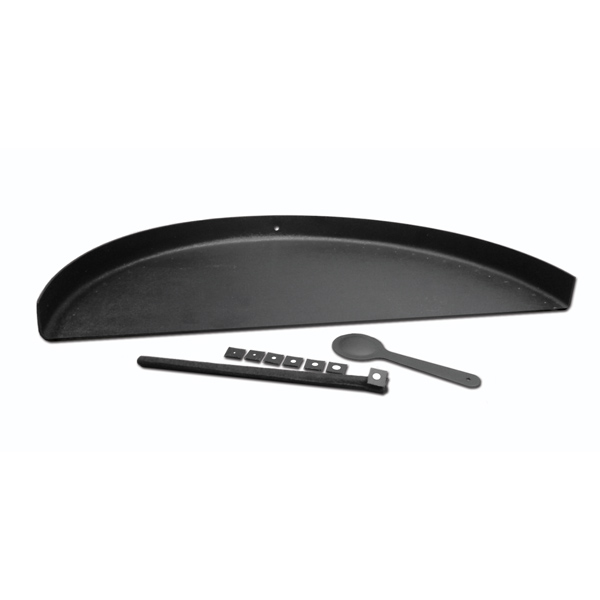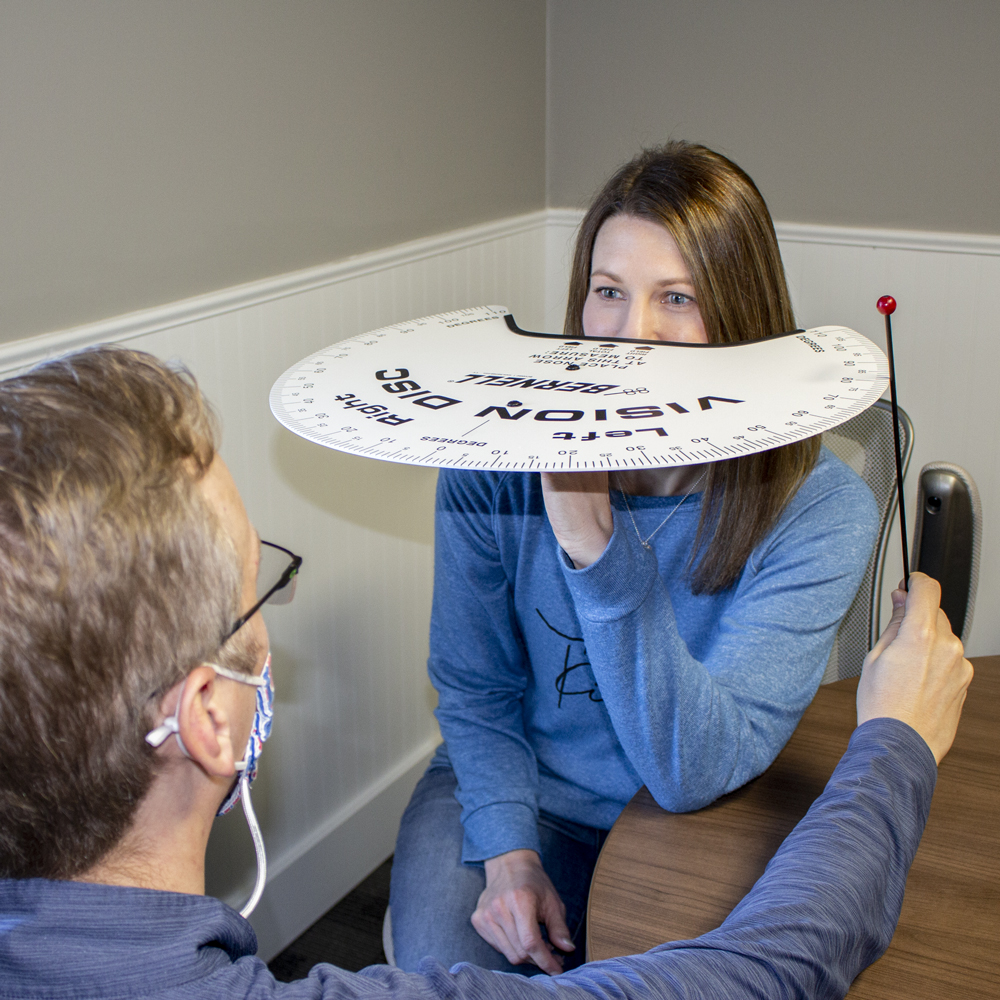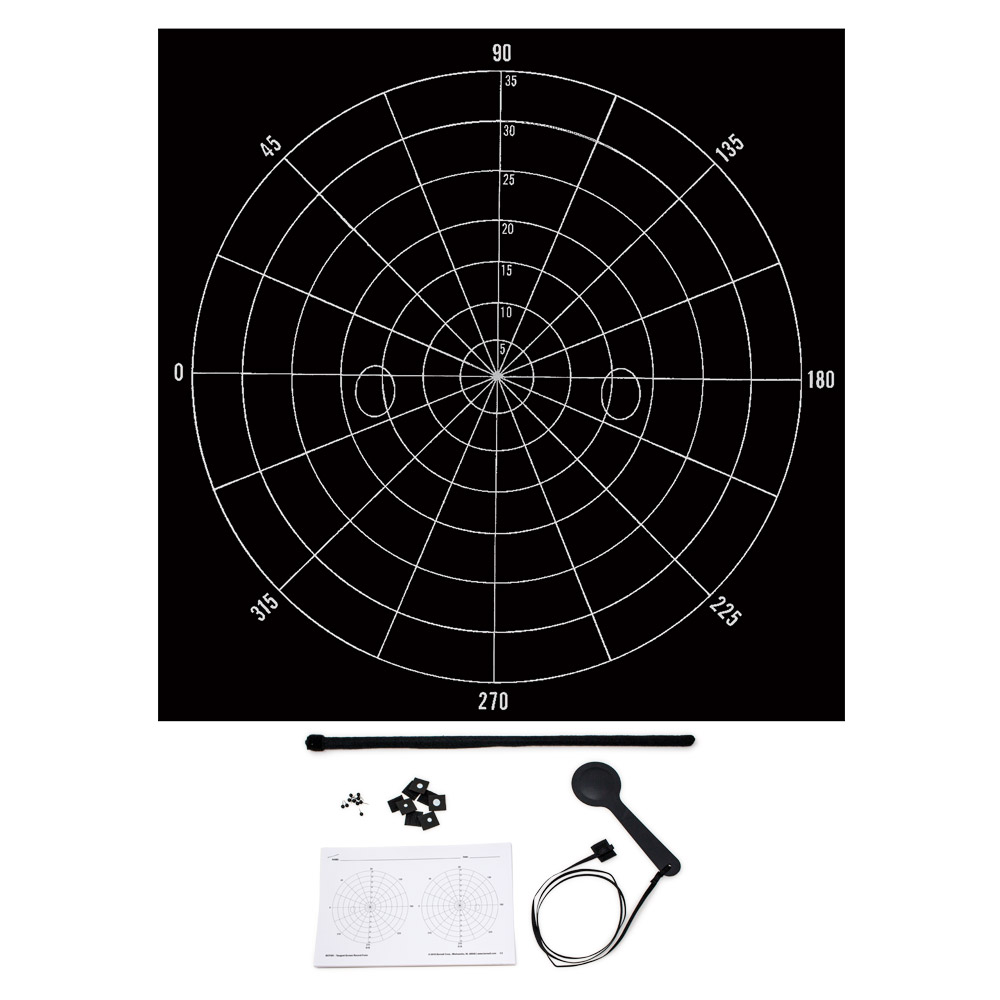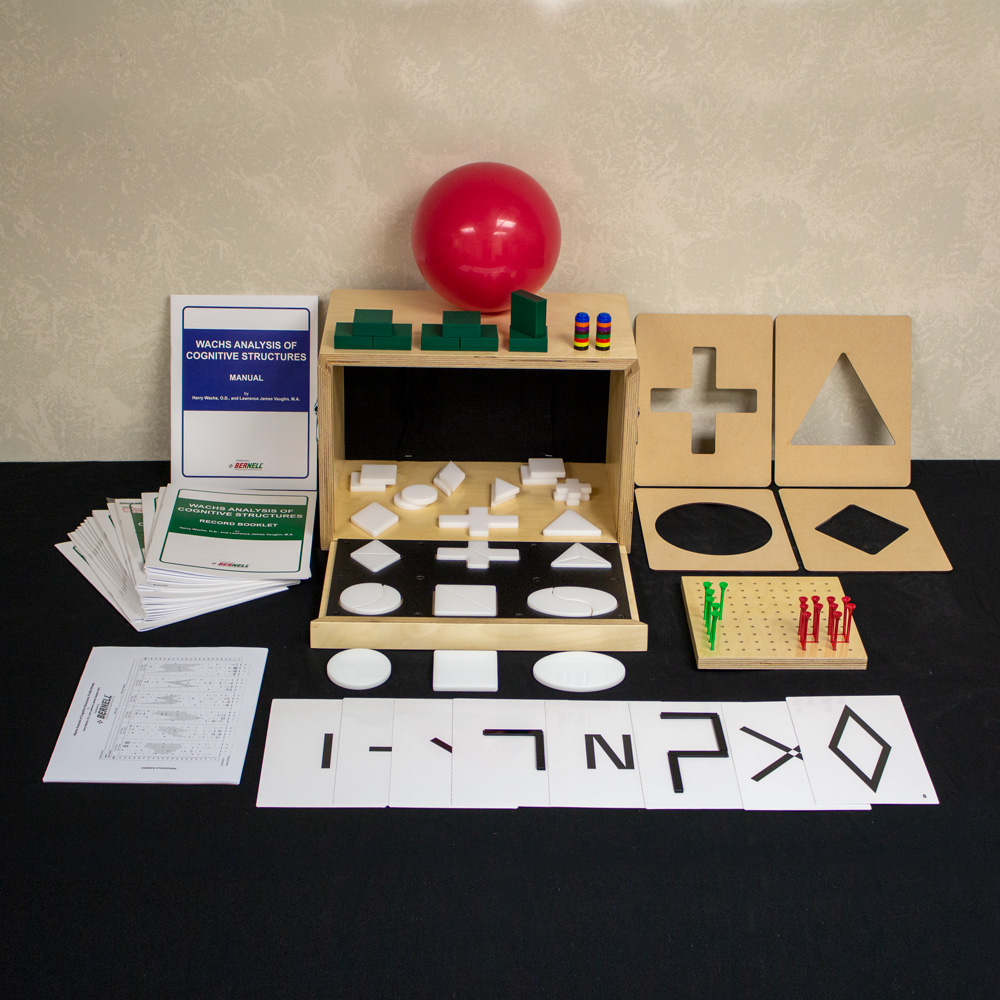Laser Lancaster Test - Diagnostic Tool for Ocular Alignment and Cyclo-Deviation
The Laser Lancaster Test is a specialized diagnostic tool designed to evaluate eye alignment and extraocular muscle function in patients with suspected ocular motility disorders. It is particularly effective for assessing horizontal and vertical deviations, as well as cyclo-deviations--rotational misalignments of the eyes that are often missed with other tests.
Using red and green laser line generators in conjunction with red/green anaglyph glasses, the Lancaster Test provides a precise, binocular method for mapping a patient's field of single binocular vision (SBV). The test is typically performed at a one-meter distance in a dimly lit room, with the patient's head stabilized using a chin rest. The examiner projects a laser line to a specific point on the screen, and the patient attempts to match the position using the other laser. Any discrepancy between the lines reveals the presence and direction of a deviation. By swapping the line generators, both eyes can be tested independently.
Unlike dot-based tests such as the Hess, the Lancaster Test uses line projections, allowing for the evaluation of the angle and orientation of the patient's visual response--providing valuable information in cases involving torsional misalignments or cyclo-deviations.
Kit Includes:
- Red and green laser line generators
- Roll-up projection screen with mounting hardware
- Adult and pediatric red/green anaglyph glasses
- 50 scoring sheets
- Instructional guide
- Heavy-duty clamp-on chin rest (recommended for optimal accuracy)
The roll-up screen measures approximately 60 inches square (150 x 150 cm) and is printed in red ink, which remains invisible through the red/green glasses to maintain test integrity. Its compact 4x4x65 inch (10 x 10 x 150 cm) form makes it portable, though shipping may incur additional costs due to its size.
The Laser Lancaster Test is ideal for clinical environments where accurate spatial awareness assessment, motility mapping, and cyclo-deviation analysis are essential. It is a valuable tool for both diagnosis and ongoing management of binocular vision disorders.
Related Products












